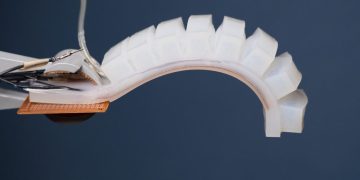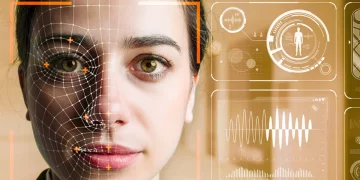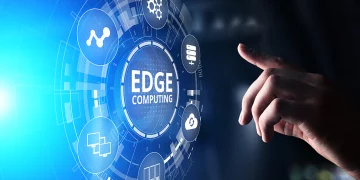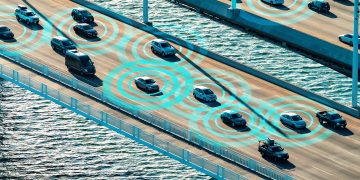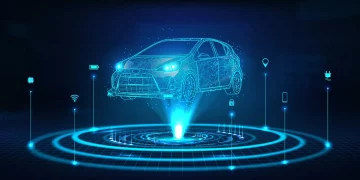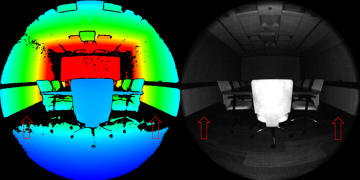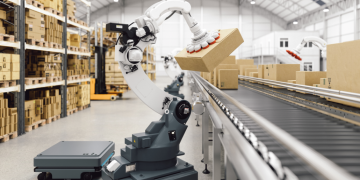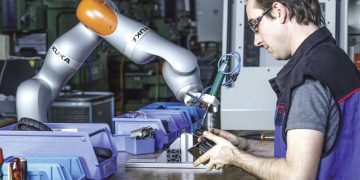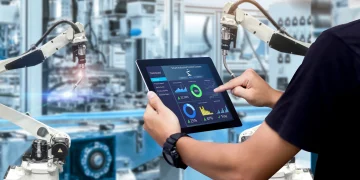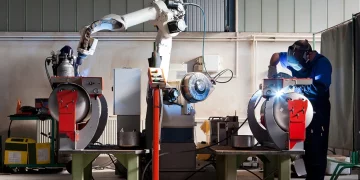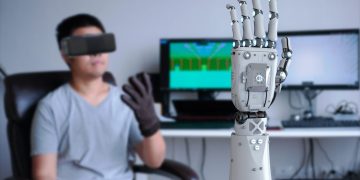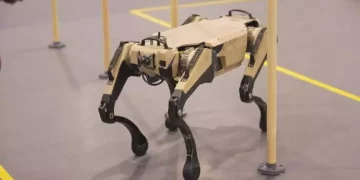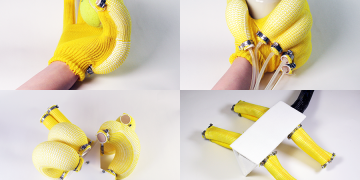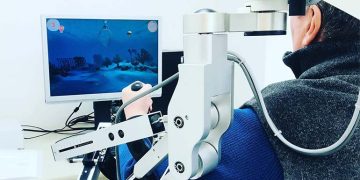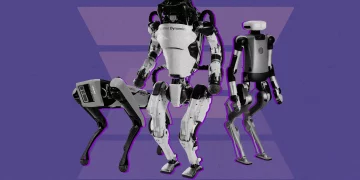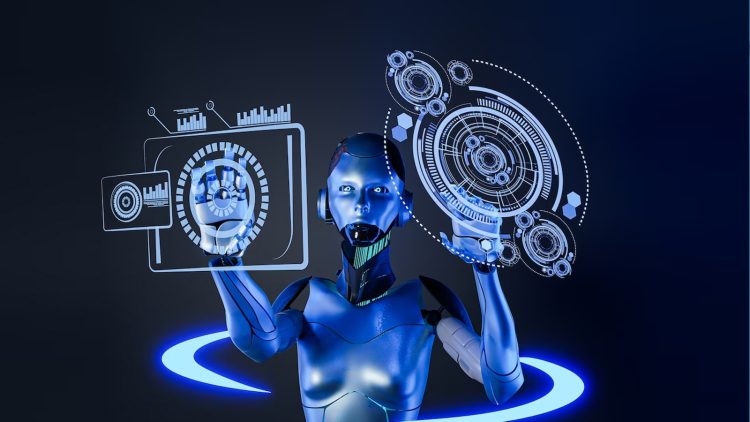Introduction
The fusion of biology and technology has led to the rise of bionic robots, which seek to replicate, or even enhance, the capabilities of living organisms. Bionic robots, driven by artificial intelligence (AI), deep learning, and neural networks, are making remarkable strides in areas such as robot perception, decision-making, and autonomy. These robots are designed to mimic biological functions and adapt to dynamic environments, resulting in machines that can evolve, learn from their experiences, and continuously improve their performance.
The ability to perceive and make decisions autonomously is critical for robots to operate effectively in real-world environments. Deep learning has become the cornerstone of enabling bionic robots to process complex sensory data, learn from it, and make decisions that would have been unimaginable just a few decades ago. From industrial automation to disaster recovery, bionic robots are demonstrating their potential to transform industries by adding an extra layer of adaptability, resilience, and intelligence to robotic systems.
This article will explore the various ways in which deep learning enhances the perception and decision-making abilities of bionic robots, enabling them to operate in complex environments and carry out tasks that were once thought to be the domain of humans alone.
1. Understanding Bionic Robots
a. What Are Bionic Robots?
Bionic robots, or biomimetic robots, are robots inspired by the structures, behaviors, and abilities found in nature. They are designed to mimic biological organisms in terms of movement, sensing, and decision-making. These robots are often used in fields like medical robotics, search and rescue, and environmental monitoring, where human-like dexterity and perception are needed to handle complex tasks.
The design of bionic robots typically incorporates bio-inspired features such as flexible limbs, sensory systems, and adaptive control mechanisms. These robots do not merely imitate physical characteristics; they also aim to replicate complex decision-making processes that living organisms employ to interact with their environments.
b. The Role of Deep Learning in Bionic Robotics
The ability of bionic robots to learn and improve their decision-making capabilities is largely due to deep learning, a subset of machine learning. Deep learning algorithms process large datasets to train models that can recognize patterns, make predictions, and optimize decisions over time. These algorithms enable robots to make sense of sensor data, understand their environment, and autonomously adjust their behavior in real time.
Unlike traditional rule-based systems, deep learning algorithms are capable of generalizing from experience, making them more versatile and adaptive. This is particularly important in real-world environments where conditions are dynamic and unpredictable.
2. The Role of Perception in Bionic Robotics
a. Sensory Systems in Bionic Robots
In order to interact meaningfully with their environment, bionic robots must be equipped with advanced sensors that allow them to perceive the world around them. These sensors enable robots to gather data about their surroundings, which is then processed using deep learning algorithms to inform decision-making.
Key sensory systems that bionic robots use include:
- Visual Perception (Computer Vision): Cameras and LiDAR (Light Detection and Ranging) sensors provide robots with the ability to perceive the visual world, recognize objects, and understand the layout of the environment.
- Tactile Sensing: Sensors embedded in the robot’s skin or limbs enable tactile feedback, allowing them to detect pressure, temperature, and texture. This is critical for tasks that require dexterity and precision.
- Auditory Perception: Microphones and sound sensors allow robots to detect and respond to environmental sounds, an important feature for applications like surveillance or search and rescue.
- Proximity and Distance Sensors: These sensors help robots navigate and avoid obstacles in dynamic environments.
Deep learning models process sensory data, enabling the robot to develop an understanding of its surroundings and react in a human-like manner. For example, in a factory, a bionic robot could use vision sensors to identify and handle fragile objects, adapting its grasp based on the object’s shape, weight, and texture.
b. Visual Perception and Object Recognition
One of the primary forms of sensory perception in bionic robots is visual recognition. Bionic robots rely heavily on computer vision to identify objects, navigate environments, and interact with humans. Through convolutional neural networks (CNNs), robots can classify images and recognize objects based on previously learned patterns.
- Object Recognition: Deep learning enables robots to identify and classify objects, from tools to hazardous materials. This is particularly important in fields like manufacturing, medicine, and logistics, where robots need to interact with a wide variety of objects.
- Scene Understanding: Robots must understand the context of the environment. For example, a bionic robot deployed in a disaster recovery scenario needs to differentiate between safe and hazardous areas or identify victims who require help. Deep learning models process the visual data from the environment, creating a semantic understanding of the scene.
c. Integrating Multiple Sensory Inputs
Modern bionic robots are not limited to a single sensor modality. Instead, they integrate data from multiple sensors, such as vision, tactile feedback, and motion sensors, to develop a comprehensive understanding of their surroundings. Sensor fusion allows the robot to combine these diverse inputs and make more accurate and robust decisions in real-time.
For instance, a bionic robot used in healthcare may combine visual input from cameras with tactile feedback from its limbs to accurately monitor a patient’s health, such as detecting posture issues or muscle tension, and adjusting its behavior accordingly.
3. Decision-Making and Learning from Experience
a. Decision-Making in Bionic Robots
Once a robot has gathered sensory information, it must process this data and make decisions that guide its actions. Deep learning plays a significant role in this decision-making process by enabling robots to understand complex patterns and relationships within the data.
For example, a robot that operates in a dynamic environment, such as a factory floor, may have to make real-time decisions about how to move through the workspace, which tasks to prioritize, and when to switch between actions. These decisions are informed by deep learning models trained on past experiences.
- Reinforcement Learning (RL): A popular technique for decision-making in bionic robots is reinforcement learning. In RL, robots learn by interacting with their environment, receiving feedback in the form of rewards or penalties based on their actions. Over time, the robot learns to make decisions that maximize the cumulative reward, gradually improving its performance.
- Planning and Problem-Solving: In many scenarios, bionic robots must solve problems, plan their actions, and adjust their behavior in response to changing conditions. Deep learning algorithms enable robots to break down complex tasks into manageable steps and choose the most efficient path toward the goal.
b. Learning from Experience
A key feature of deep learning in bionic robots is the ability to learn from experience. Unlike traditional robots, which follow pre-programmed rules, bionic robots can improve their performance through trial and error. As the robot encounters new environments or tasks, it updates its knowledge and refines its behavior based on the outcomes of its actions.
This form of adaptive learning allows robots to continuously improve their decision-making abilities, becoming more effective in performing tasks over time. This is particularly useful in environments where conditions are unpredictable or constantly changing, such as during disaster recovery, search-and-rescue missions, or autonomous driving.
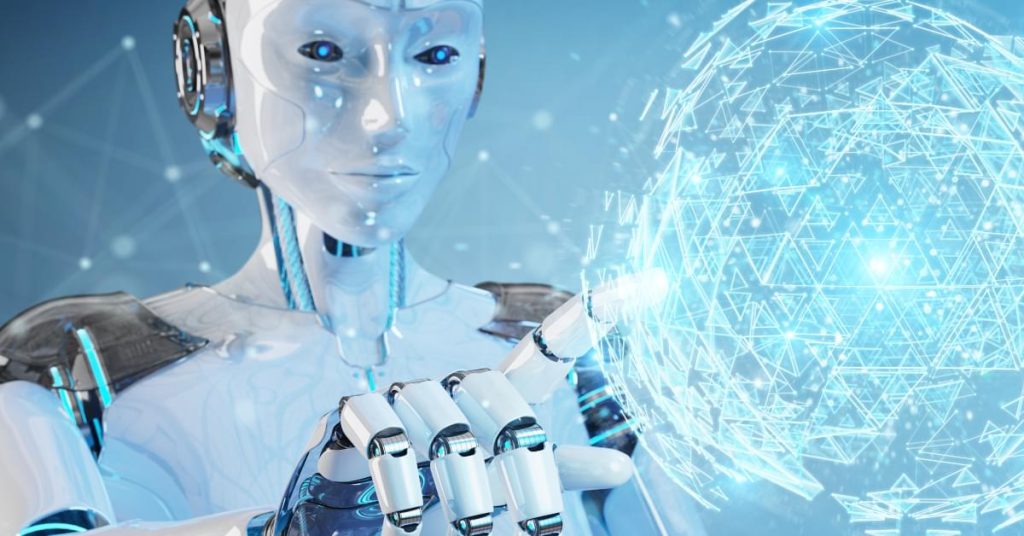
4. Applications of Deep Learning in Bionic Robots
a. Autonomous Vehicles
Bionic robots, particularly autonomous vehicles, benefit greatly from deep learning algorithms. Self-driving cars utilize advanced computer vision and reinforcement learning techniques to navigate complex road networks, avoid obstacles, and make real-time decisions that mimic human driving behavior. These robots learn from extensive datasets of road conditions, traffic patterns, and driving scenarios, allowing them to adapt to new situations.
b. Medical Robotics
In the medical field, bionic robots are being used for surgery, rehabilitation, and diagnostic tasks. For example, surgical robots use deep learning to interpret medical images, assist in delicate procedures, and provide real-time feedback to surgeons. Rehabilitation robots use sensors and deep learning models to assist patients in regaining motor function after injury, learning from each session to customize treatment plans.
c. Disaster Recovery and Search-and-Rescue Operations
Deep learning enables bionic robots to perform tasks in disaster recovery scenarios, where human involvement may be dangerous or impossible. For example, search-and-rescue robots can autonomously navigate through collapsed buildings, detect heat signatures, and locate survivors. By processing visual, thermal, and auditory data, these robots can make decisions about where to go next and how to approach obstacles.
5. The Future of Bionic Robots: Challenges and Opportunities
a. Enhancing Autonomy and Generalization
While deep learning has made significant advancements in the capabilities of bionic robots, there are still many challenges to overcome. One of the most pressing issues is improving the robot’s ability to generalize from limited data. Current deep learning models are heavily dependent on large datasets, which may not always be available in real-world scenarios.
The future of bionic robots will involve more efficient algorithms that allow robots to learn from fewer examples and adapt to a wider range of tasks. As robots become more autonomous, they will need to make decisions with greater flexibility and adaptability.
b. Ethical and Social Implications
As bionic robots become more integrated into society, the ethical and social implications of their deployment will need careful consideration. Issues such as privacy, security, and job displacement will require thoughtful regulation and oversight to ensure that these technologies are developed responsibly and used in ways that benefit society as a whole.
Conclusion
Bionic robots, empowered by deep learning technologies, are revolutionizing the way we think about robotics and their potential applications. By replicating and enhancing the perception and decision-making abilities of biological organisms, these robots are enabling a wide range of new possibilities across industries. As deep learning techniques continue to evolve, so too will the capabilities of bionic robots, pushing the boundaries of what machines can achieve in real-world environments.
The continued development of autonomous, adaptive, and intelligent bionic robots will not only transform industries like healthcare, manufacturing, and disaster recovery but also shape the future of human-robot collaboration, with profound implications for society at large.

